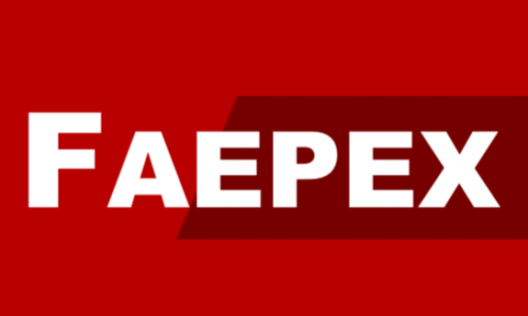| Article | ||

Download article |
Title: Dihydroartemisinin, an active metabolite of artemisinin, interferes with Leishmania braziliensis mitochondrial bioenergetics and survival Author: Grazzia, N.; B Junior, S.; Garcia, V. L.; Gadelha, F. R.; Miguel, D. C. Year: 2021 Is part of: PARASITOLOGY RESEARCH, v. 120, p. 705 - 713 DOI: https://doi.org/10.1007/s00436-020-07019-1 Citation: Grazzia, N.; B Junior, S.; Garcia, V. L.; Gadelha, F. R.; Miguel, D. C.; Dihydroartemisinin, an active metabolite of artemisinin, interferes with Leishmania braziliensis mitochondrial bioenergetics and survival. PARASITOLOGY RESEARCH, v.120, p. 705-713, 2021 Abstract: Leishmaniasis is one of the most neglected parasitic infections of the world and current therapeutic options show several limitations. In the search for more effective drugs, plant compounds represent a powerful natural source. Artemisinin is a sesquiterpene lactone extracted from Artemisia annua L. leaves, from which dihydroartemisinin (DQHS) and artesunic acid (AA)/artesunate are examples of active derivatives. These lactones have been applied successfully on malaria therapy for decades. Herein, we investigated the sensitivity of Leishmania braziliensis, one of the most prevalent Leishmania species that cause cutaneous manifestations in the New World, to artemisinin, DQHS, and AA. L. braziliensis promastigotes and the stage that is targeted for therapy, intracelular amastigotes, were more sensitive to DQHS, showing EC50 of 62.3 +/- 1.8 and 8.9 +/- 0.9 mu M, respectively. Cytotoxicity assays showed that 50% of bone marrow-derived macrophages cultures were inhibited with 292.8 +/- 3.8 mu M of artemisinin, 236.2 +/- 4.0 mu M of DQHS, and 396.8 +/- 6.7 mu M of AA. The control of intracellular infection may not be essentially attributed to the production of nitric oxide. However, direct effects on mitochondrial bioenergetics and H2O2 production appear to be associated with the leishmanicidal effect of DQHS. Our data provide support for further studies of artemisinin and derivatives repositioning for experimental leishmaniasis. Funding: N.G. received a master scholarship from CAPES (Programa Demanda Social). D. C.M. is supported by a FAPESP Young Investigator Award (#2014/21129-4) and FAEPEX-Pesquisa, Pro-Reitoria de Pesquisa - UNICAMP (#519.292). |
Financed by:   |